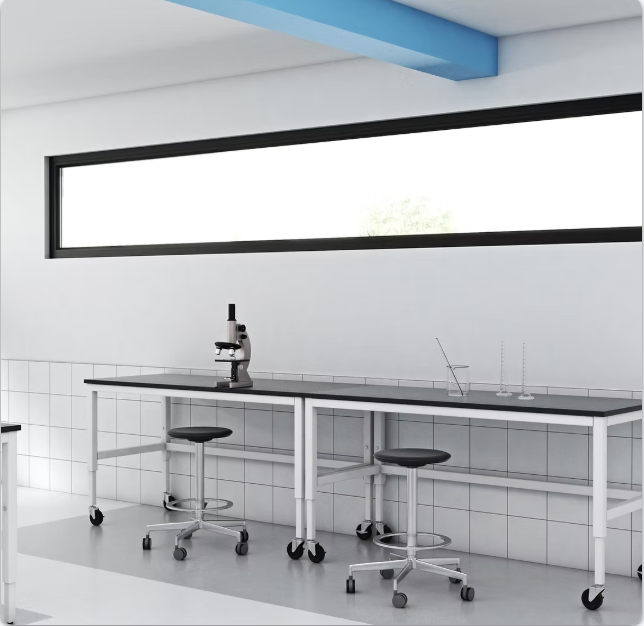
Laboratories are highly specialized environments where precision, organization, and safety are critical to success. Whether it’s a research lab, educational facility, or medical testing center, every aspect of the workspace must support efficiency and reduce risk. One of the most crucial components in any lab setting is the storage system—specifically, laboratory cabinets. These cabinets are more than just furniture. They are essential tools for maintaining cleanliness, ensuring safety, storing hazardous materials, and protecting sensitive equipment.
Why Laboratory Storage Is Crucial
Effective storage in labs serves multiple purposes:
- Keeps hazardous chemicals secure.
- Protects sensitive instruments from contamination or damage.
- Helps maintain a clutter-free workspace.
- Ensures compliance with health and safety standards.
- Supports organization, reducing time spent locating materials.
Without proper storage, laboratories risk inefficiencies, contamination, accidents, and potential legal violations. That’s why cabinets are considered foundational infrastructure in any lab design.
Types of Laboratory Cabinets
Different labs require different cabinet styles based on their specific operations. The most common types include:
- Chemical Storage Cabinets
Designed to safely store acids, bases, solvents, and other chemicals. These are typically made from corrosion-resistant materials and may include ventilation systems to prevent fume buildup.
- Biological Safety Cabinets
Used in microbiology and biomedical labs to provide containment and protect users from biohazard exposure. These are ventilated enclosures that filter air and may include UV sterilization features.
- General Purpose Storage Cabinets
For storing lab tools, glassware, notebooks, and personal protective equipment (PPE). These cabinets prioritize accessibility and organization over containment.
- Specimen or Sample Cabinets
Used in pathology, forensic, and clinical settings for the secure storage of biological samples. Often temperature-controlled to preserve sample integrity.
- Wall-Mounted Cabinets
Space-saving storage mounted above counters. Useful in compact lab settings or as supplementary storage.
Key Features to Consider When Choosing Cabinets
Selecting the right cabinet involves evaluating the specific needs of the lab. Important features include:
- Material Compatibility: Depending on what’s being stored, materials like stainless steel, polypropylene, or epoxy-coated steel may be ideal.
- Ventilation: Cabinets storing volatile substances must have appropriate ventilation or be ducted to external exhaust systems.
- Locking Mechanism: For safety and regulatory compliance, many cabinets must include locks or restricted access features.
- Load Capacity: Heavy equipment or chemical containers require reinforced shelving with proper weight limits.
- Fire Resistance: Flammable storage cabinets should meet industry-specific fire resistance standards.
Conclusion
Laboratory cabinets are an essential part of any functional lab. They protect users, store critical supplies securely, and support efficient operations. From flammable storage to biological safety and chemical containment, the variety of cabinet types reflects the complexity of modern scientific workspaces. When designed and maintained properly, laboratory cabinets help laboratories stay organized, compliant, and safe—three pillars of any successful scientific operation.







